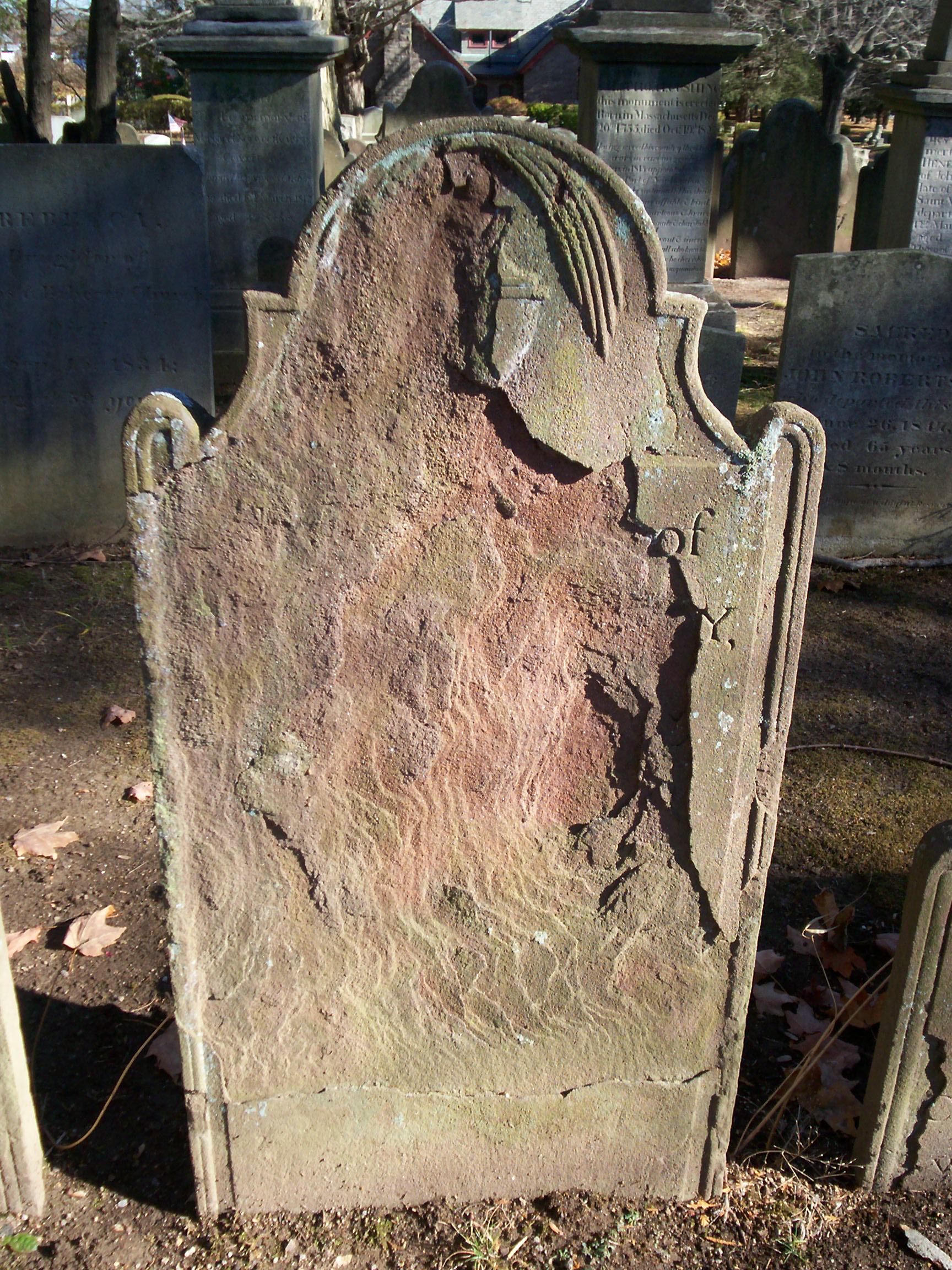Good examples of both obstacles can be found in texts dating from the reign of Henry VIII (r. 1509-1547). Printing was still in its first century, and the font universally used in England was blackletter, which today is often called "Old English" or something like that. Here's an example from Thomas More's The Supplycacyon of Soulys, published in 1529. More wrote this book about heresy, one of his obsessions. He tortured heretics for entertainment, and salivated at the opportunity to have them burned alive. Here's an excerpt:
A transliteration:
He sayeth that the lyuynge whych the clergye hathe ye the onely cause that there be so many beggers that be fyh and fore. Very well and wysely/ as though the clergye by theyre substaunce made men blynde and lame. The clergye also ye the the cause he sayth why they dye for hunger/ as though euery lay man gaue to beggers all that euer he could/ and the clergye gyue them neuer a grote: (as though there wolde not mo beggers walk a brode yf the clergye lefte of such lay men as they fynde.
And, a modernization in spelling and punctuation:
He sayeth that the living which the clergy hath ye the only cause that there be so many beggars that be fie and fore. Very well and wisely, as though the clergy by their substance made men blind and lame. The clergy also ye the cause he sayeth why they die for hunger, as though every layman gave to beggars all that ever he could, and the clergy give them never a groat: (as though there would not more beggars walk abroad if the clergy left of such lay men as they find).
Most of the words are familiar, with the exception of "groat," which was a small coin worth four pence. The spelling presents obstacles, however. One obvious one is the use of "y" for "i." Another is the switching of "v" and "u." Some of the words are spelled the same as they are today, such as "the," "men," "not," etc.
Knowing this usage, it isn't that difficult to read it if you read it aloud phonetically.
Here's a somewhat later example, from a 1553 translation of Quintus Curcius' The Actes of the Greate Alexander:
Transliteration:
For as calamitie of his nature is querelous, so felicitie is always proude & euery one doth use to consider his own fortune, when he determineth an other mans. For except we had all ben in mysery, one of us long ago had bene wery of an other.
Modernization:
For as calamity of his nature is querulous, so felicity is always proud and every one doth use to consider his own fortune, when he determineth another man's. For except we all been in misery, one of us long ago had been weary of another.
In a few decades modernization in spelling had moved along, and the font, although still blackletter, is easier to read, thanks to improvement in the technology in making type. As for the spelling, again, sound it out and it will make sense.
An early example of the use of a Roman type face in an English book is the Geneva Bible, first published in 1560. Initially it was printed in Geneva, Switzerland, but soon was printed in England.
Here is a very familiar passage, the opening of Genesis:
With the Roman font this is easy to read, despite some earlier spelling:
 In the beginning God created ye heauen and the earth. And the earth was without forme & voyde, and darknes was upon the depe, & the Spirit of God moued vpon the waters. Then God said, Let there be light: and there was light. And God saw ye light that it was good, and God separated the light from the darknes.
In the beginning God created ye heauen and the earth. And the earth was without forme & voyde, and darknes was upon the depe, & the Spirit of God moued vpon the waters. Then God said, Let there be light: and there was light. And God saw ye light that it was good, and God separated the light from the darknes.
For the most part this is close to modern English with some exceptions, such as only one "s" at the end of "darkness," an "e" at the end of "form," and the continued transposition of "v" an "u." Something else appears that is not always seen in a blackletter font: the word "ye" for "the." This is a leftover from Old English, which has more letters than modern English. The letter for the sound "th" looks a lot like "y," so that is how it is printed. It is pronounced "the," just as we say today, not "ye."
When you get into the early 17th century the modernization of spelling continues. Take the King James Bible (the "Authorized Version,") published in 1611. Note that the spelling is not the same as the KJV of today. The modernization of the spelling was done in the 1760's. Here's the original:
In the beginning God created the Heauen, and the Earth. And the earth was without forme, and voyd, and darkenesse was vpon the face of the deepe: and the Spirit of God mooued vpon the face of the waters. And God said, Let there be light: and there was light. And God saw the light, that it was good: and God diuided the light from the darkenesse.
Here the printer chose to use a blackletter font rather than a Roman font, perhaps to lend the text a bit of extra dignity. Sorry, "dignitie."
That's a brief romp through my strange little world. Or as Thomas More might have written, "Thvs be a brefe rompe through my straunge lyttle worlde."

















